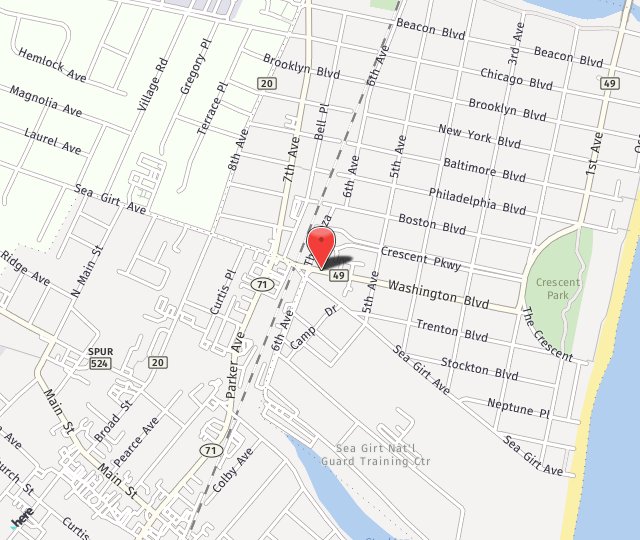PRP hair restoration therapy injects platelet-rich plasma (PRP) cells into the affected area of your scalp. Plasma is the liquid part of your blood. Your blood is also made up of platelets, white cells, and red blood cells. Platelets play a role in the clotting of your blood, but they also contain cytokines and proteins that promote growth, healing, and rejuvenation.
PRP Hair Resoration Procedure
Between 10 to 60 milliliters (mL) of your blood is drawn, typically from your arm, and put into a centrifuge. This is a machine that spins rapidly to separate fluids of different densities. After about 10 minutes in the centrifuge, your blood will have separated into three layers: platelet-poor plasma, platelet-rich plasma, and red blood cells. The platelet-rich plasma is drawn up into a syringe and then placed or injected into areas of the scalp that need increased hair growth.
Risks of PRP Hair Restoration
There’s no risk of contracting a communicable disease with PRP therapy because it involves injecting your own blood into your scalp. There are limited possible side effects, though you may experience:
- some pain during treatment
- headache
- itching
- swelling
- temporary discoloration
Several factors that may increase the risk of side effects occurring during PRP therapy include:
- taking certain medications, such as nonsteroidal anti-inflammatory drugs (NSAIDs) within 48 hours of PRP therapy
- underlying health conditions, such as low platelet count, sepsis, or platelet dysfunction
- some types of cancer, such as bone cancer
- smoking
- having certain types of steroid injections within 2 to 4 weeks of PRP therapy
- fever
- anemia

